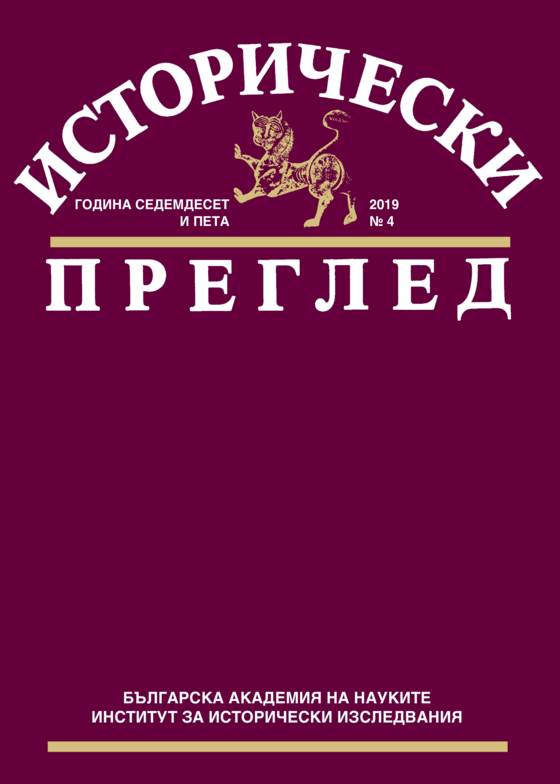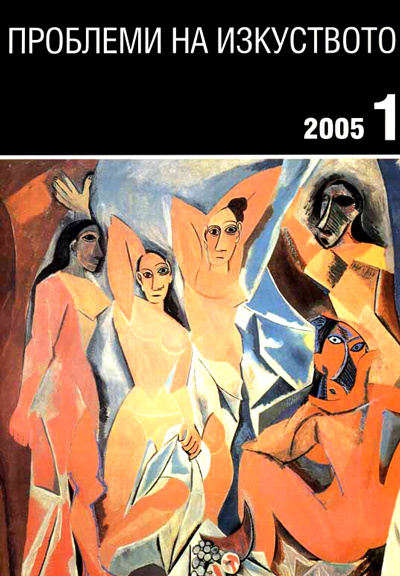
We kindly inform you that, as long as the subject affiliation of our 300.000+ articles is in progress, you might get unsufficient or no results on your third level or second level search. In this case, please broaden your search criteria.


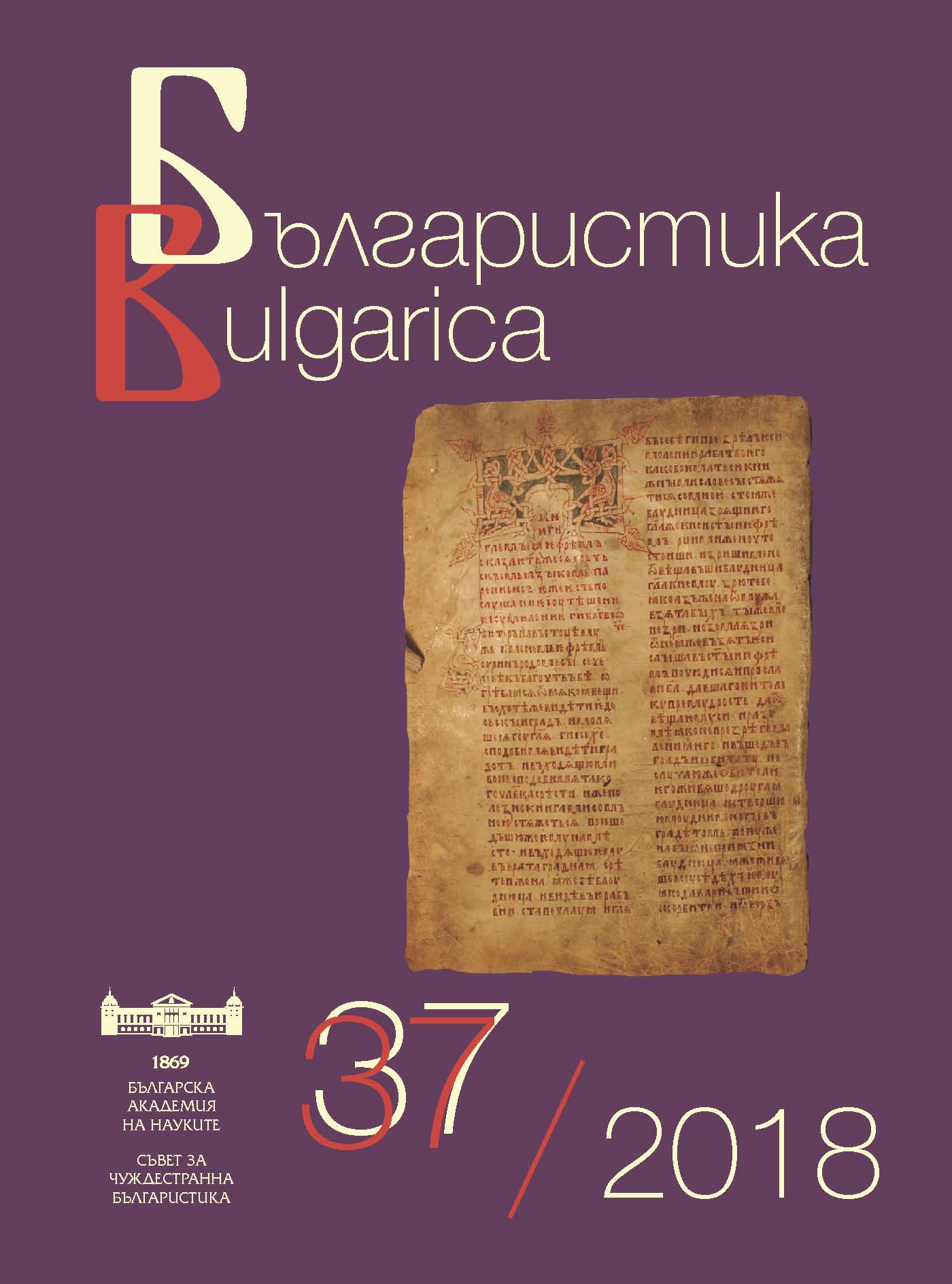

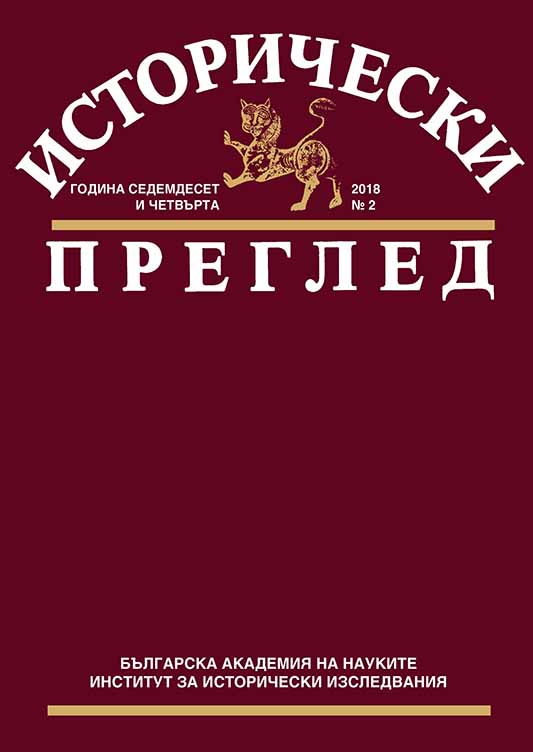
In 2018 it is 75 years since the rescue of the Bulgarian Jews. On this occasion, I bring to the attention of the readers of Istoricheski Pregled a story about the life and activity of a person who experienced the threat to be sent to the Treblinka camp; who fought for her freedom and chose Bulgaria for her homeland – Sophie Leon Pinkas, born on 1 September 1923 in Vidin. In Bulgaria she graduated from school and then completed her higher education and became a specialist in pediatrics, defended her doctoral dissertation and habilitated.
More...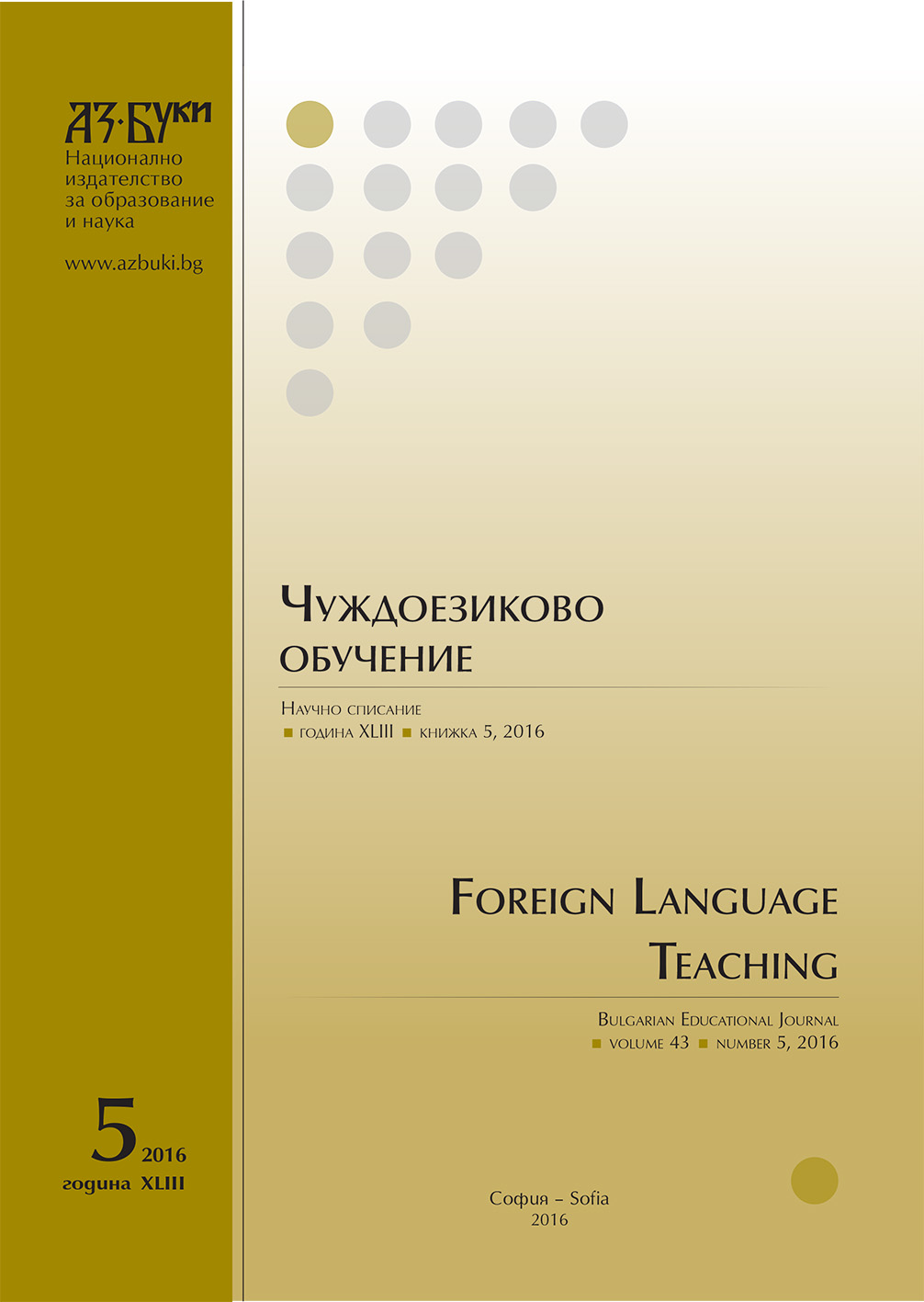

The monastery of St. Paul in Garić is one of the oldest Paulist monasteries in Croatia. It seems credible that the lord of Garić-grad, Henrik of Hungary (where the order was founded in 1215), invited the hermits there. Upon arrival to Moslavina, the hermits found peace and quiet they needed for prayer and contemplation. After having studied the documents, the author came to the conclusion that hermits came to Garić either at the same time when the Paulists came to Dubica (in 1244) or earlier, since – according to the documents available – the Paulists of Garić had already had a domicile in 1256, and a while later, they began building the monastery and the church of the Blessed Virgin Mary. They extended and added on them in the early 15th century, and thus created a complex that comprised all they needed for everyday life; thanks to the local aristocracy, they became rich landowners and, consequently, economically independent. The monastery in Garić was the locus credibilis – the place of credibility, in which local aristocracy used to keep their important documents and valuables. The church of the Blessed Virgin Mary was a well-known place of pilgrimage. 588 documents (deeds of gift, testaments, etc.) witness to the greatness and the importance of this mediaeval monastery. The last document from the monastery in Garić dates from 1520. As the danger approached, the Paulists moved their archives and valuables to Remete and Lepoglava; around 1543, together with the people, they fled from the Turkish army and the Armatoloi in search of a safer place. After the fall of Garić-grad (in 1544) and Moslavina (in 1545), neither the Paulists nor the people survived there. After Moslavina was freed in 1591, the Paulists of Garić endeavoured to revive the life in their monastery; however, they did not succeed.
More...
The paper states some of the most basic historical and statistic data regarding the Jewish community in the Bjelovar-Križevci County between 1857 and 1918. In the period between 1857 and 1922, the name and the borders of the Bjelovar-Križevci County changed on several occasions (the Bjelovar County, particularly the Križevci County, then the Bjelovar-Križevci County, and finally the Bjelovar-Bilogora County); similarly did the borders of the interior districts, which fact hindered the research to a certain extent. Hence, this paper focuses on the demographic changes in the period between the census of 1880 and the census of 1910. Though the presence of the first Jews in the area of the Bjelovar-Križevci County was recorded rather early – at the beginning of the 19th century, more precise demographic reports are dated only after 1851, or rather 1857 – the year of the first official census. Each of the censuses between the 1850s and 1918 (1857, 1880, 1890, 1900 and 1910) listed a higher number of Jews; finally, in 1910, 2,406 Jews inhabited the Bjelovar-Križevci County, mostly the Bjelovar district and the County’s urban area (Bjelovar, Koprivnica and Križevci). In the area of the Berak Municipality, very few Jews lived (a couple of families), while they had never inhabited Podgarić.
More...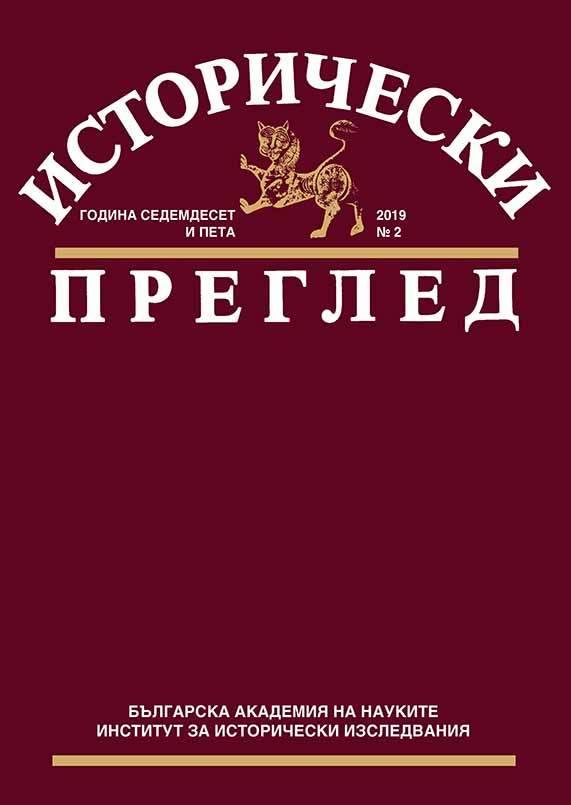
The Russian Chronograph is one of the most significant chronicles in Russian literature. It has several redactions – the First from 1512, the Basic from 1617 and the West Russian from the middle of the 16th century. Each of the variants contains information about Bulgarian history from the settlement of the Proto-Bulgarians in the Danube River area until the death of Tsar Mihail III Shishman. The West Russian version differs because of the distinct sources used in its compilation. This peculiarity is also noticed in the evidence on Bulgarian history, which has not yet been the subject of independent research.
More...
Documentary compilation review
More...
This paper is celebrating 50 years of research in semiconductor devices and microelectronics. The first research centre (1969), becoming later a research institute (ICCE, 1974) was created in the middle of the industrial platform for semiconductor industry and it was meant to facilitate the industrial growth and then to complement the activity of this industry. ICCE expanded and diversified its activity at the political demand (part of the unrealistic policy of avoiding any imports), collapsing after 1990 (the personnel decreased from 1500 to 200, in 1996). Still, the experience of engineers and researchers was extremely useful when ICCE merged with IMT, in a national institute focussed on microtechnologies, i. e. semiconductor technologies used to construct microsensors and microsystems, following the EU orientation. IMT was successful in participating to a record number of European projects, and also benefiting from the correlation of national programmes with EU policy, the structural funding a.s.o.
More...
One of the reasons why Amitav Ghosh is considered an important writer is that his narratives do not occupy a “neutral” zone. Rather, they offer a sensitive and multifaceted view on the contemporary problems of the worlds he writes about. Ghosh seems to be intent on moving his readers through his narratives beyond the aesthetic of indifference. Ghosh’s first commitment is to his art.
More...
From its very inception, Indian cinema has been a cinema interested in the idea of nation. Although Raja Harishcandra (credited as the first Indian feature film) was strictly speaking a mythological, Dadasaheb Phalke’s motivation was grounded in a strong sense of nationalism.
More...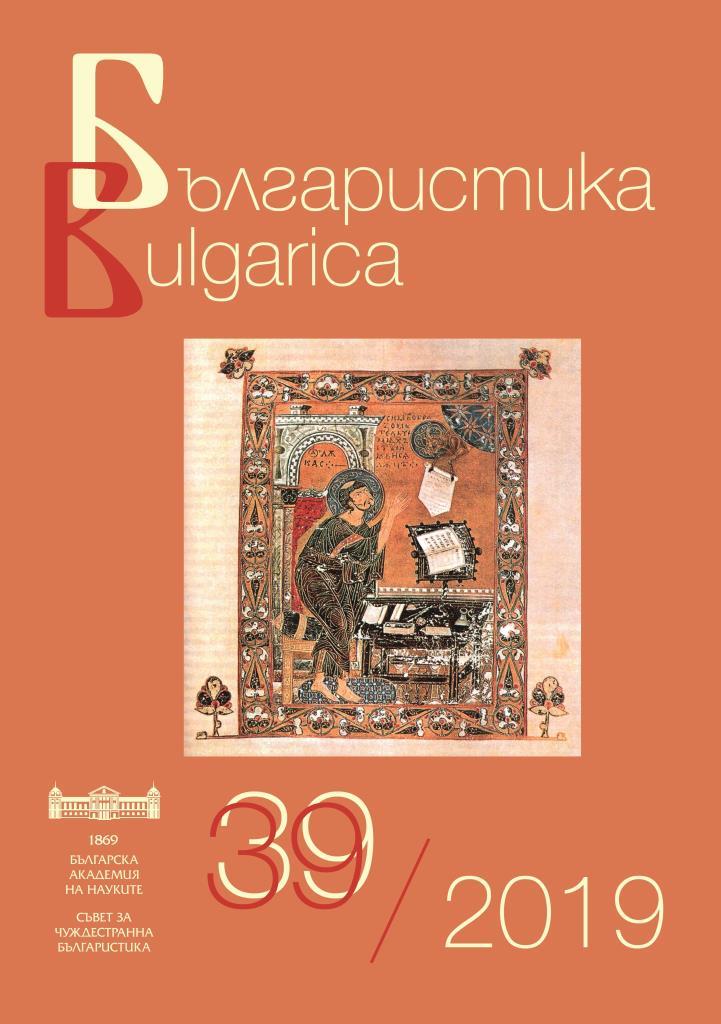

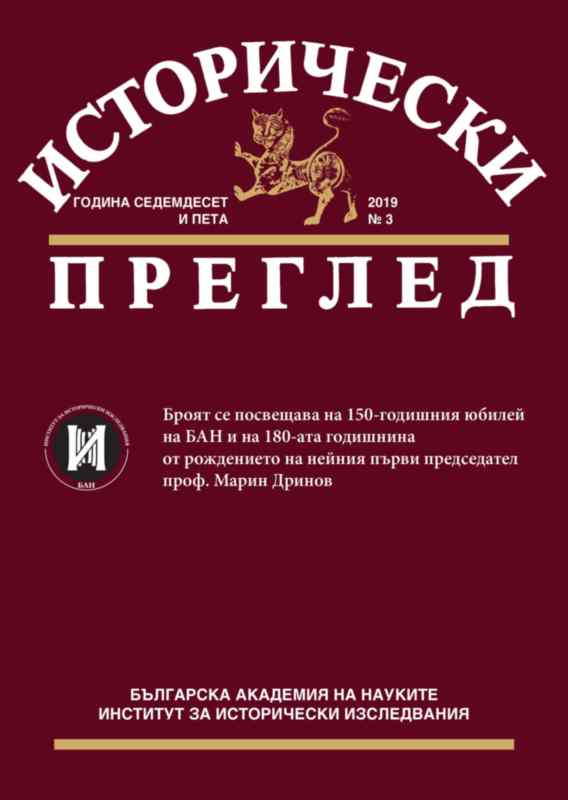
The article deals with the known transcripts of Paisii’s Istoriya Slavyanobolgarskaya (Slavonic-Bulgarian History), originating from the town of Pirdop. One of them is the manuscript made by Daskal Todor Pirdopski. Another one was found in the library of Hadji Ivan Hadjidimitrov, and the latest one was made after the liberation by the teacher Dimitar Odzhakov. The earliest one is from 1772 and is the work of the Rila monk Nikifor, and was owned by a resident of Pirdop for decades. It was this transcript that was purchased by Professor Marin Drinov upon his visit to the city at the end of 1878 or the beginning of 1879 and thus became available to Bulgarian science. Due to uncertain information about Prof. Drinov’s stay in Pirdop, the article provides additional sources to clarify the timeline of his visit to the city and when he most likely purchased the Nikifor’s copy of Paisii’s history.
More...


